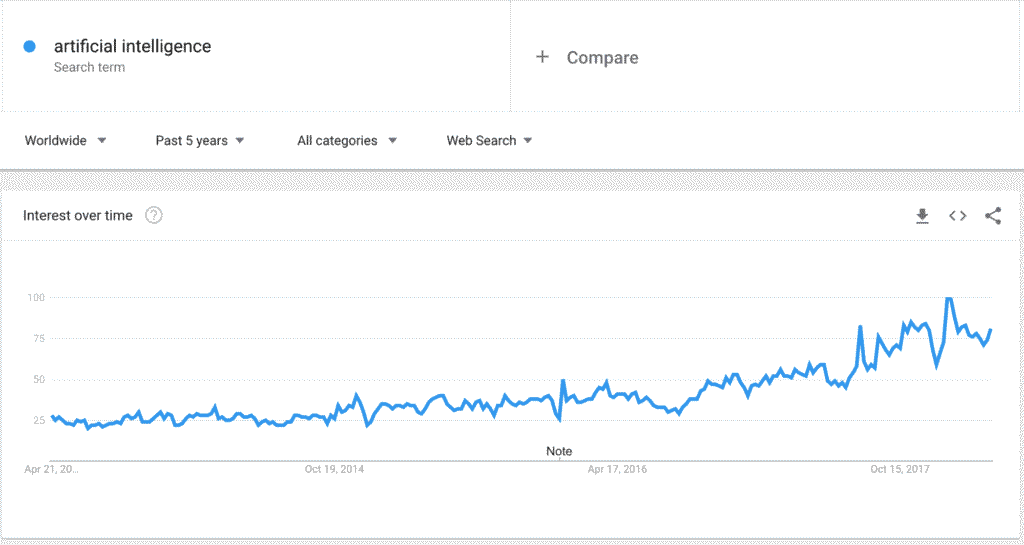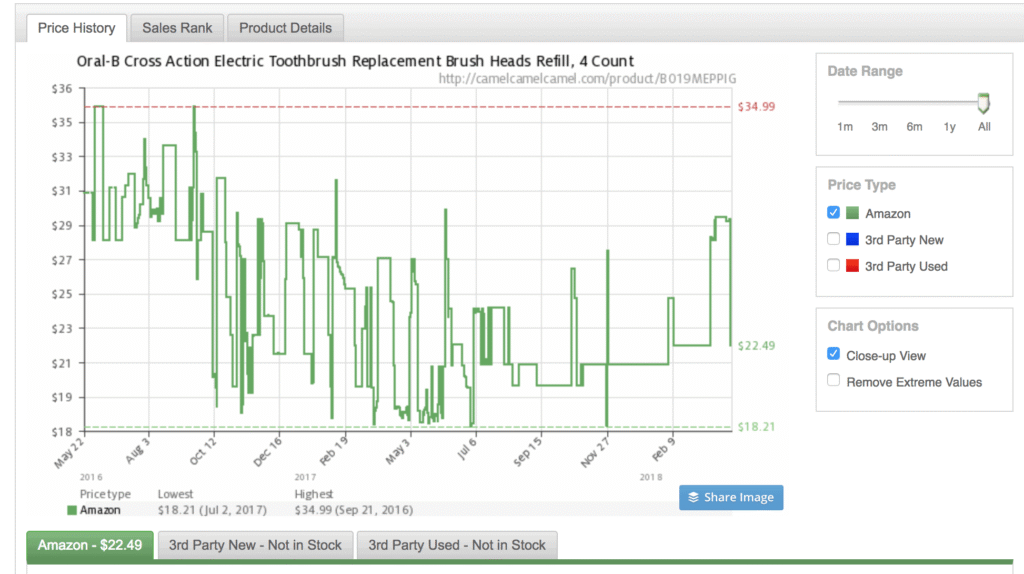Every ecommerce business owner will be looking for real tangible ways to increase their business’s success. They might consider changing their store layout or hiring a copywriter to write compelling product descriptions. But one often underutilized method for new ecommerce store owners, especially, is using artificial intelligence and dynamic pricing.
To many of you, ‘artificial intelligence’ and ‘dynamic pricing’ may well be simply buzzwords with no real practical meaning.
You no longer need to spend hours looking at your competitor’s pricing. And your warehouse prices to determine the best price point you should use. You can now use a combination of machine learning, AI, and algorithms to predict prices and take care of the most important thing: your customers.
In this post, we’re going to help you understand what AI and dynamic pricing mean. Provide you with a framework to start implementing them both into your business so you can see increased success, too.
Let’s dive in!

What is dynamic pricing?
Dynamic pricing is a flexible ecommerce pricing strategy that works on pricing your products at the optimum price point, taking into account your own costs and your competitors’ prices through the use of big data.
The benefits of using dynamic pricing are increased profits and revenue. Because ecommerce business owners are able to stay competitive and price their products in accordance with sales volumes, competition, and market trends.

How dynamic pricing works in ecommerce
In ecommerce, retailers generally look at their own internal sales data as well as external factors to change their prices when the market fluctuates consistently. But more than that, it’s not just an approach that focuses on price changes, but competitor analysis too.
Dynamic pricing in ecommerce shifts away from static pricing (where items are at a fixed cost) and instead uses data to price items. Therefore, the more data that can be analyzed, the better optimal prices will be shown.
This means that pricing is no longer dependent only on how much stock there is. It uses a range of advanced analytics about the product, the buyer, and competitors to determine the best price point at any given time.
What is artificial intelligence?
Artificial Intelligence (AI) is an approach whereby technologies are developed that can perform tasks that require human cognitive behavior, such as visual perception, decision-making, and speech recognition.

It’s also an approach that should be heavily considered if you’re in the ecommerce business. Because it will allow you to get smarter and faster when completing core business tasks.
Artificial intelligence in ecommerce is a proactive approach to decision-making. A reactive approach would be using a web analytics tool (like Google Analytics) to identify weak areas and attempt to fix them.
Whereas a proactive approach through artificial intelligence would look for patterns in customer behavior and provide you with a list of actions with real-life dynamic pricing examples you could take to reach your desired goal.
In this post, we’re going to look at how ecommerce store owners can use artificial intelligence alongside dynamic pricing strategies to increase their overall profits and business success.
Artificial intelligence can be used to make all sorts of predictions when it comes to ecommerce. For example, you could predict:
- What a customer will likely purchase next
- The device or channel a user is most likely to visit your site from
- What sort of price point they’d be willing to pay
- The time they’re more likely to hit purchase
How do artificial intelligence and dynamic pricing boost the success of an ecommerce store
Using a combination of artificial intelligence and dynamic pricing, you can effectively use data to improve the success of your ecommerce store.
First, you can use AI to personalize your pricing. This means the technology will be able to alter prices based on the current users on your website and their various different behaviors.

In real use cases;
You could increase prices when you know your competitor’s stocks are running low. For consumers who want the product right away, if they go to one website and find it unavailable, they will be more than likely happy to buy it from your store for a higher price if they know they can get the item sooner.
It also helps you gain a competitive advantage. When your conversions are low, you can use AI partnered with dynamic pricing to lower prices to increase conversions up to a rate you’re happy with.
Again, the benefits of doing this through AI are that it’s automatic, flexible and completely scalable.
Think about Amazon. It’s reported that Amazon often changes the prices of products every 10 minutes. However, for smaller retailers, this approach might not be the best way forward. Although Amazon might not have the highest profit margins, they certainly have a majority market share. Meaning they can afford to alter their prices regularly without taking a hit to their overall profits.

When your ecommerce store grows and you start to have hundreds, if not thousands of product lines, manually altering these prices is a difficult task and takes away the time you should be spending on other important tasks.
Because the ecommerce world becomes increasingly saturated every single day, for a business to succeed, it needs to be smarter and quicker than its competitors.
If you start implementing AI into your ecommerce strategy, you better understand ecommerce buying trends. You’ll be able to identify data patterns to reveal market pricing gaps and opportunities you may have missed.
While your AI software has identified these various patterns, algorithms will be made based on the data. It facilitates the price determination process to predict prices based on that information.

Takeaways
Ultimately, using AI within your ecommerce business will help you better fit the needs of your potential customers.
In this post, we’ve looked at artificial intelligence and dynamic pricing. And how you can use the two together to increase your overall profit margins.
The world of artificial intelligence and dynamic pricing can initially be daunting for many. However, after reading about these benefits, why don’t you try implementing them in your business today?
pricing strategies


Great information is simple and understandable language. it was really helpful.